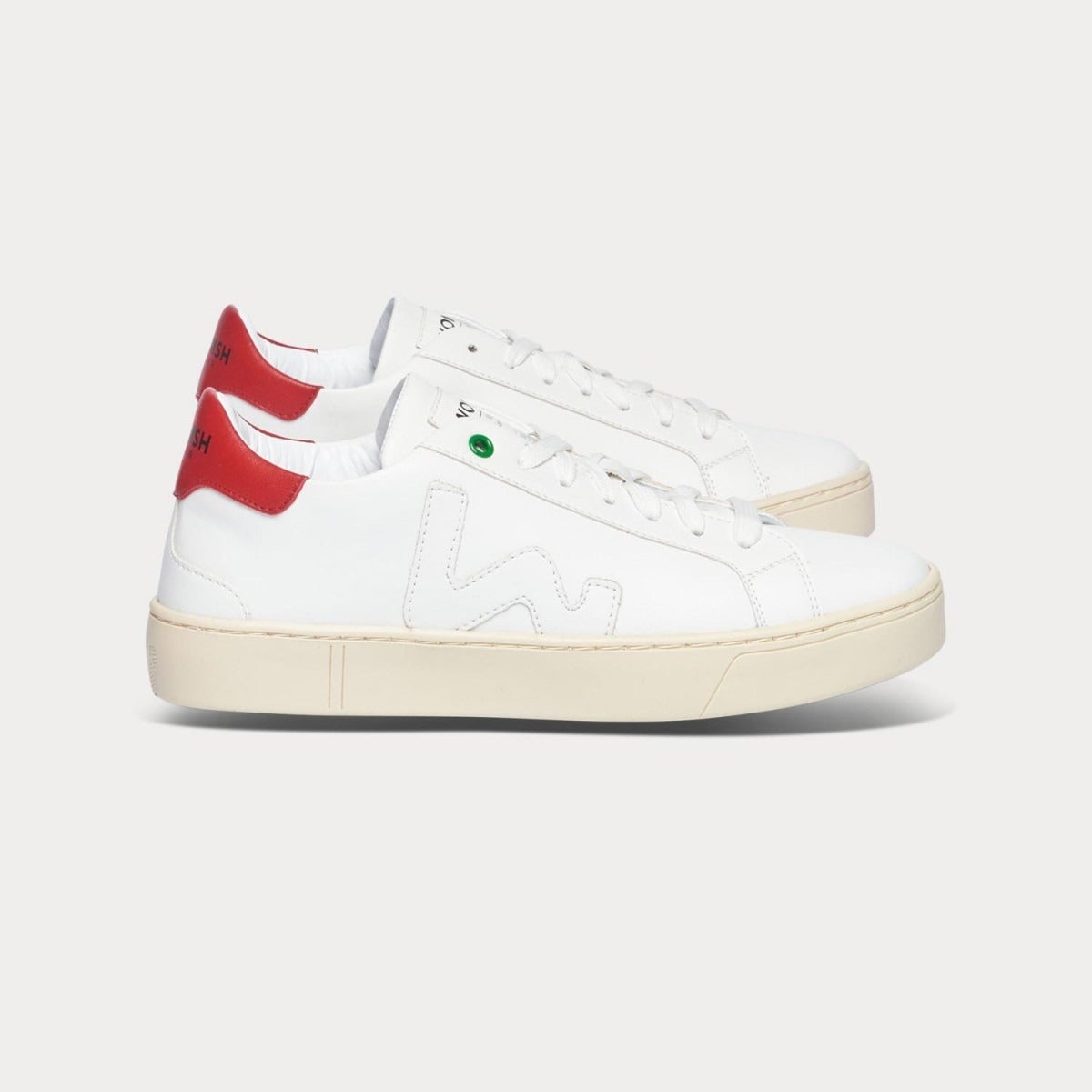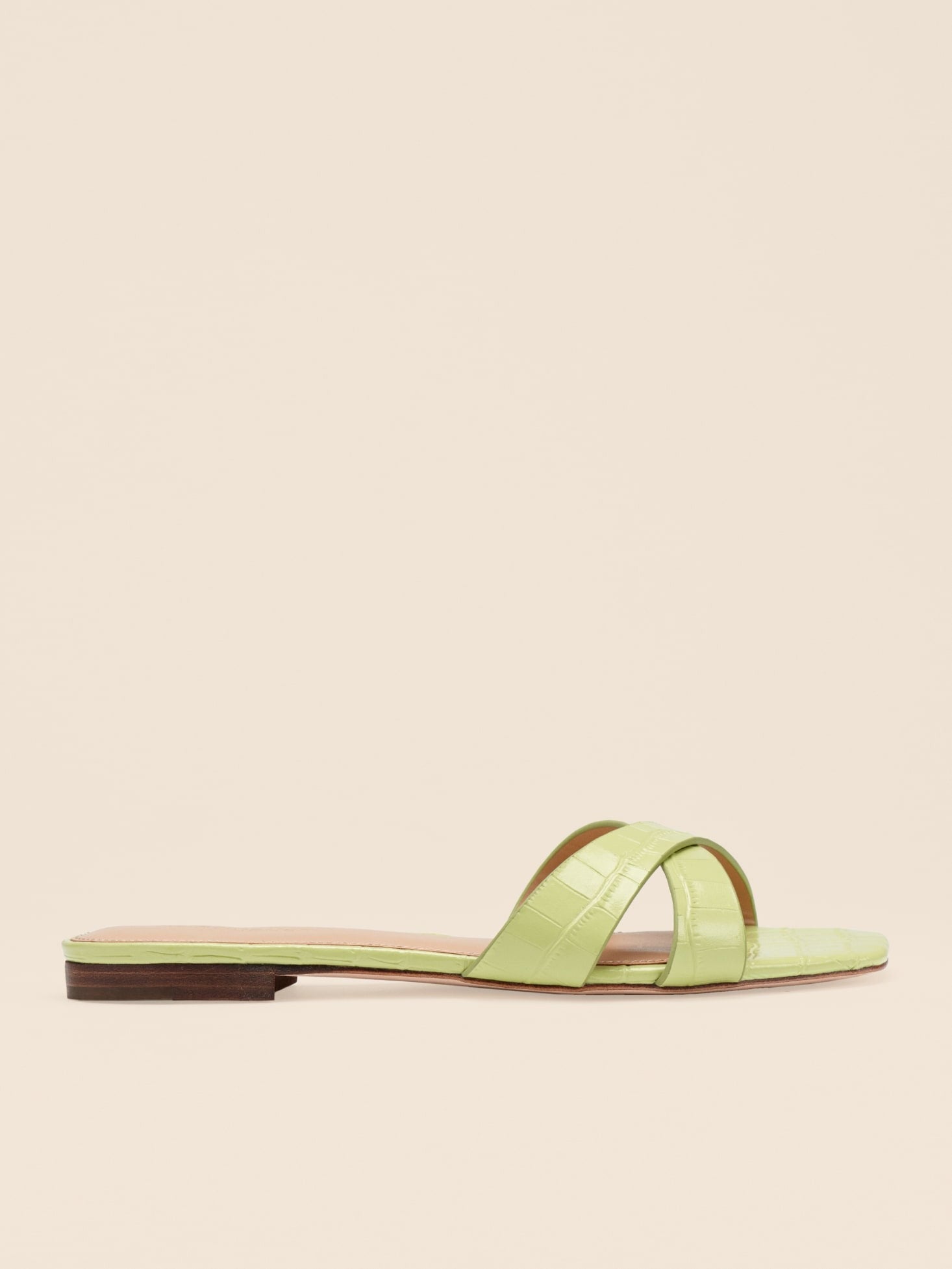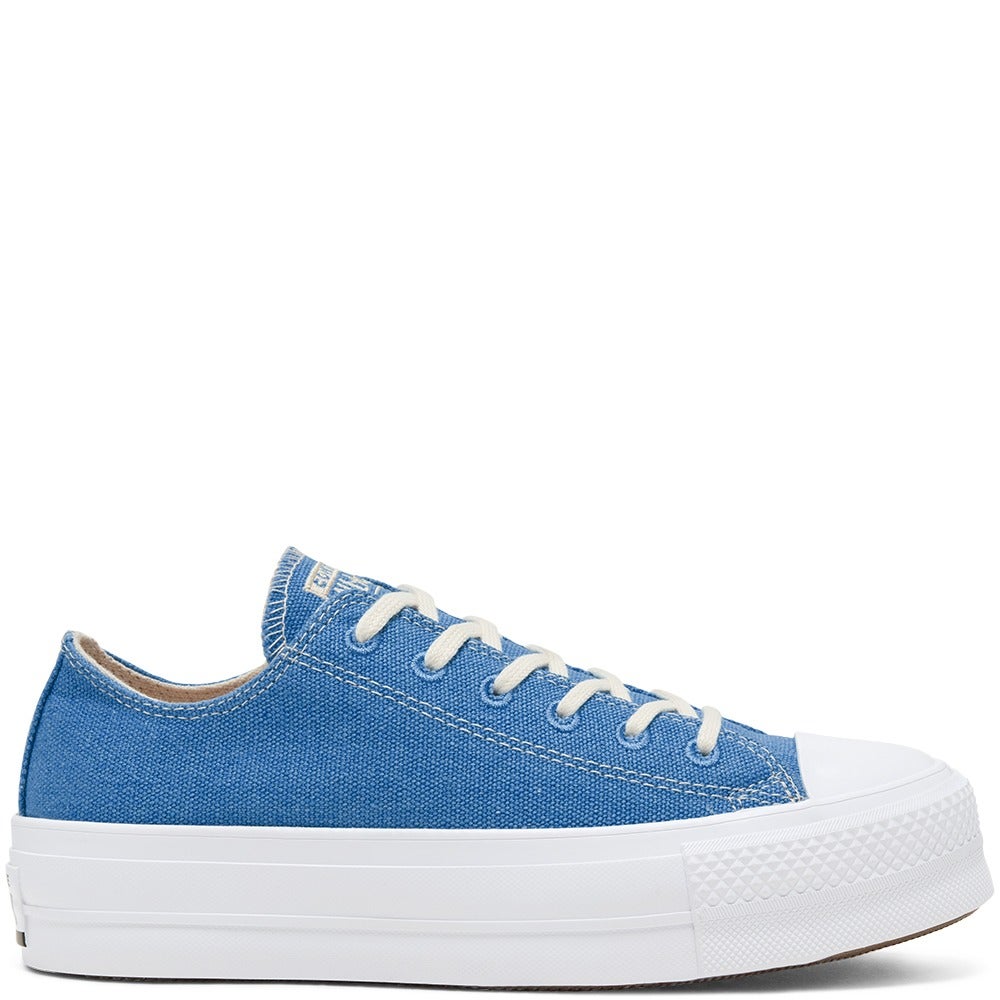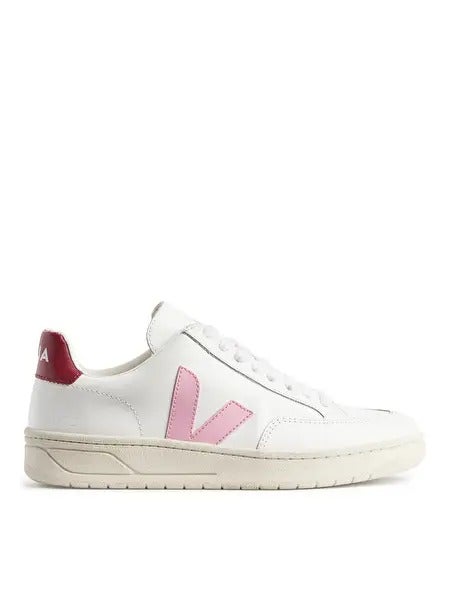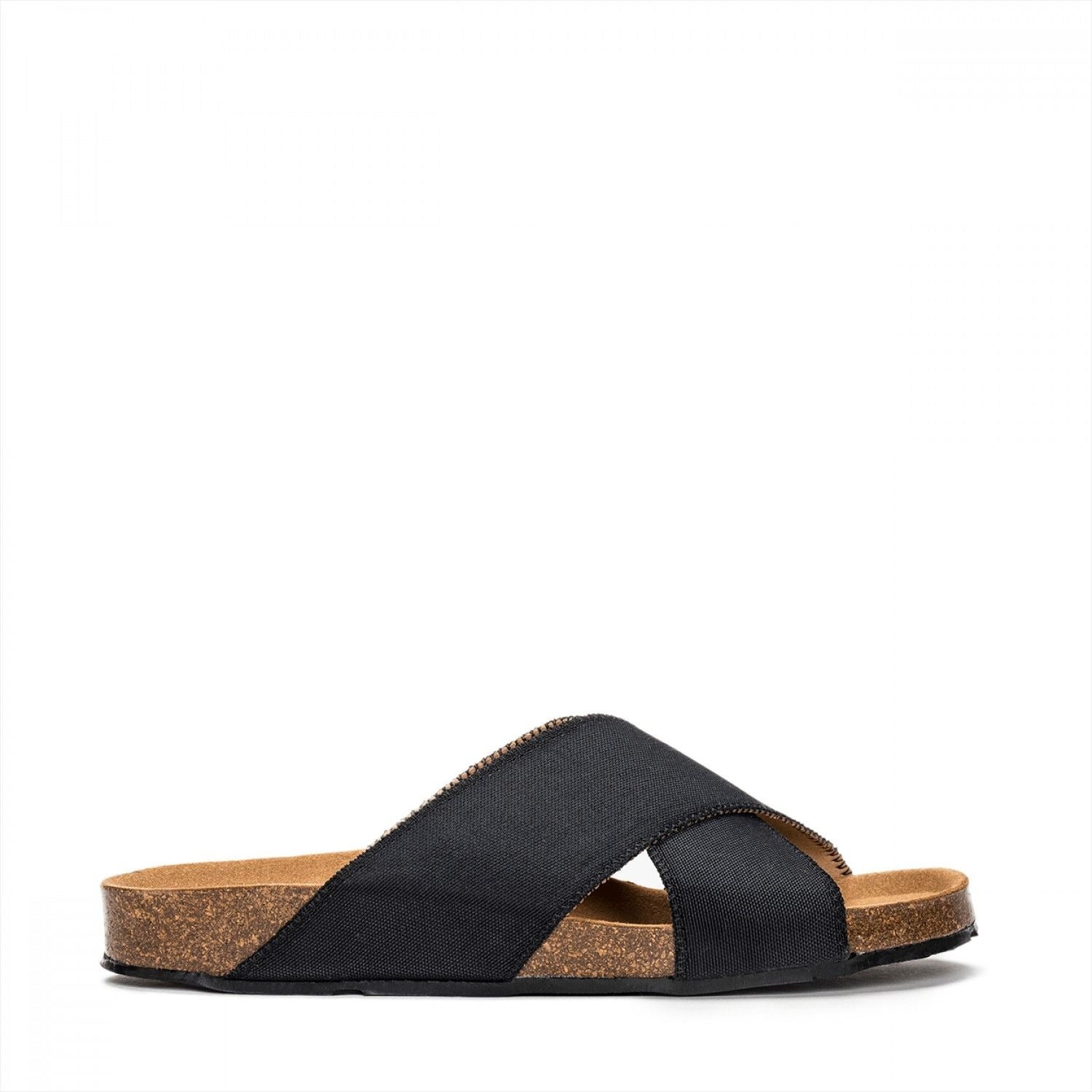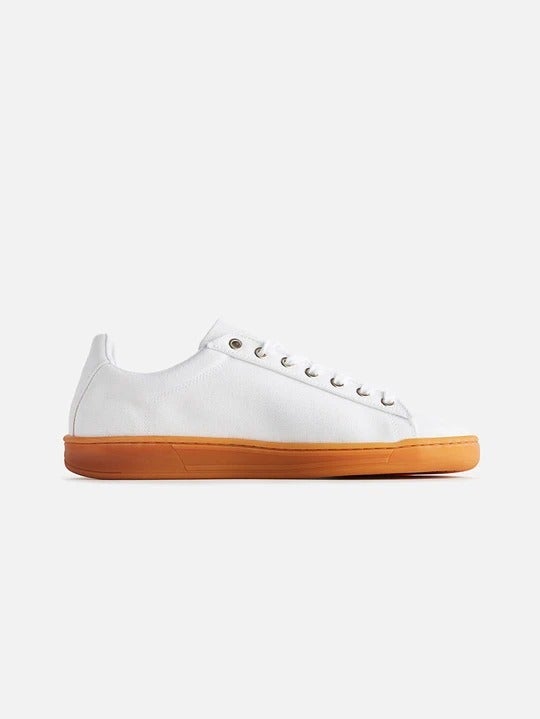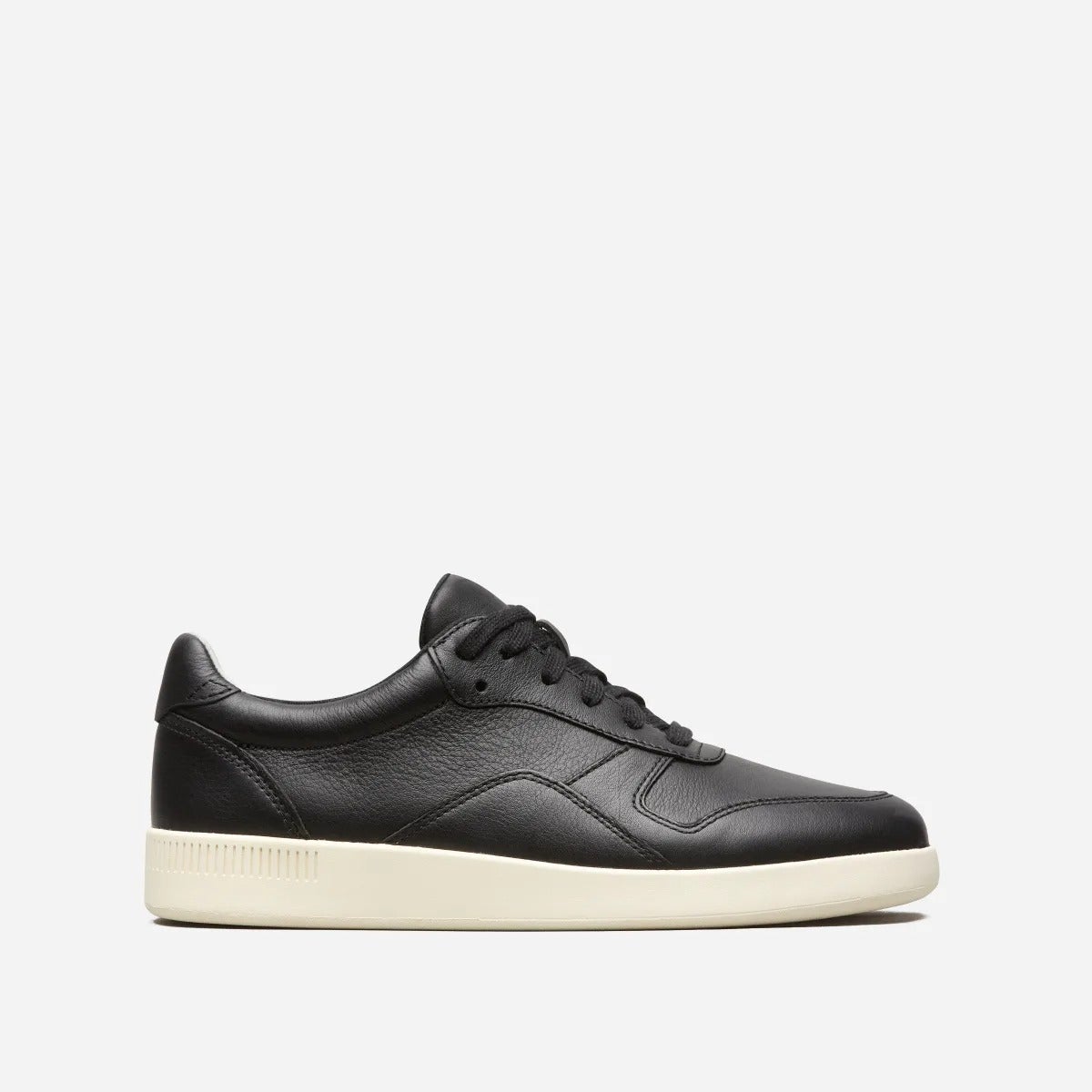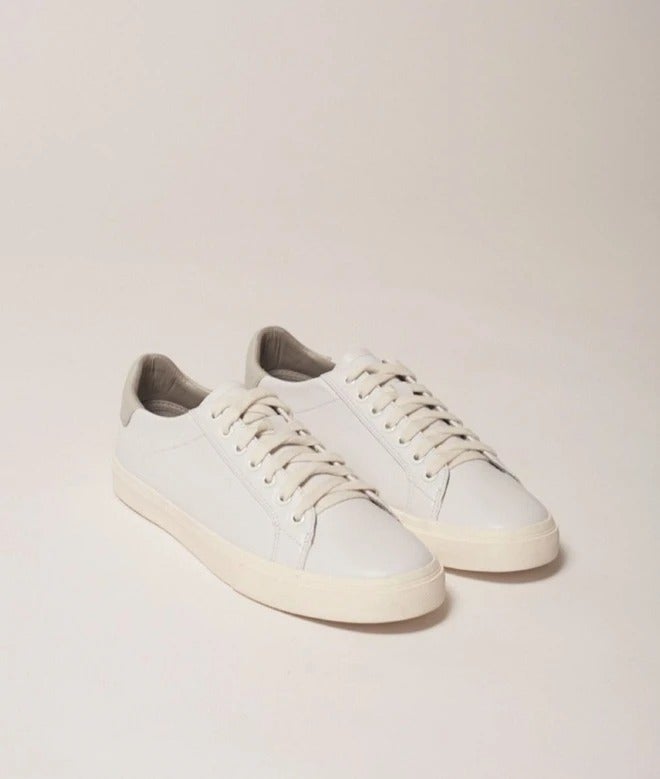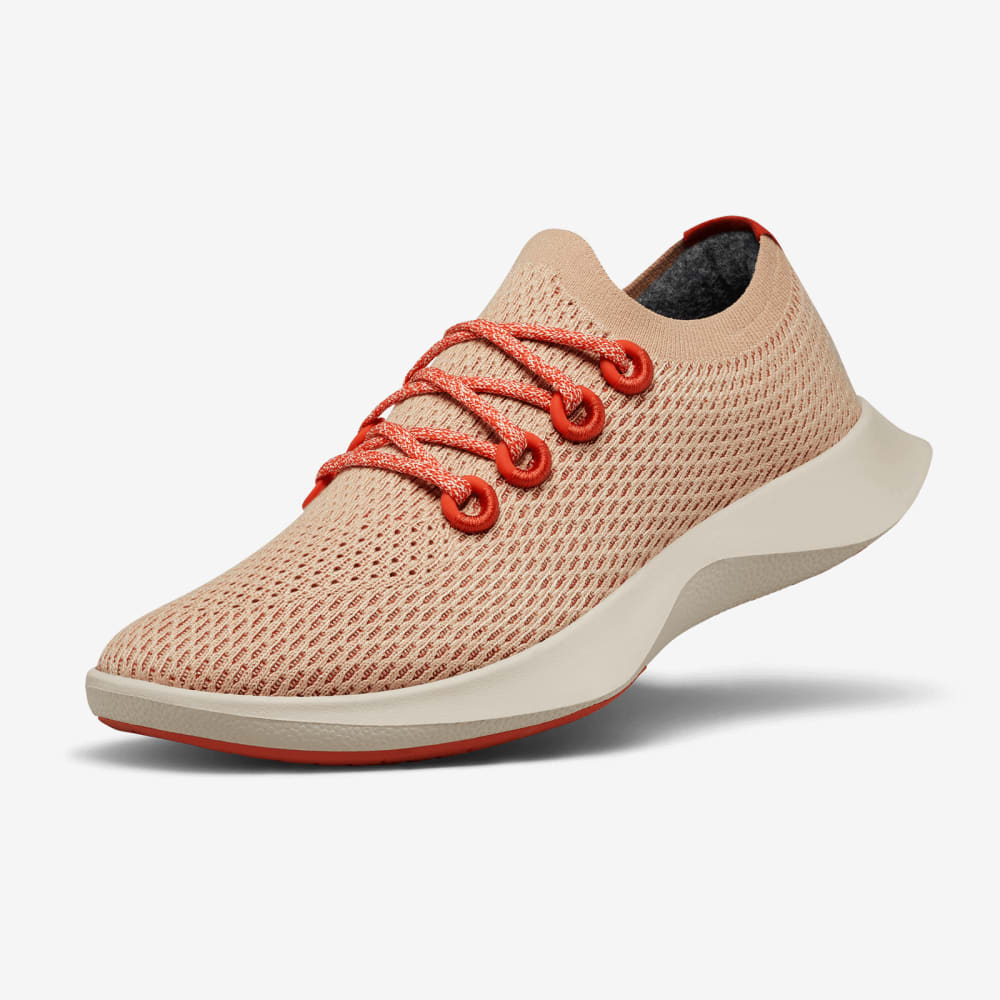Shoes Are The Most Environmentally Damaging Part Of Your Wardrobe
Photographed by Anna Jay.
"Our examination of fashion kind of ended at our ankles," says Tansy Hoskins, author of Foot Work, a new book which explores the impact of footwear on people and the planet. Whereas movements like Fashion Revolution have given us a deeper understanding of how and from what our clothes are made, the same can’t be said for our shoes.
That lack of knowledge and an absence of scrutiny from journalists, NGOs and governments has allowed bad practices to flourish, with experts defining standards in footwear as being at least 10 years behind the rest of the fashion industry, according to Hoskins. This includes everything from accountability and wages to workers' health and safety.
AdvertisementADVERTISEMENT
It’s a shocking but perhaps unsurprising reality when you take into account the explosion in fashion-led footwear over the last 20 years, mirroring the rise of fast fashion, which has its own murky ethics and trail of disasters, from factory collapses to desertification. Fiona Armstrong-Gibbs, a senior lecturer at Liverpool Business School and co-author of Marketing Fashion Footwear: The Business of Shoes, explains: "Manufacturing by large [footwear] brands has been outsourced to factories that have rapidly expanded their production to meet demand. How the goods were produced in terms of impact on the workers and the environment was rarely questioned."
But with 66.3 million pairs of shoes made every single day worldwide (that’s 24.2 billion pairs a year), and 90% of environmental impact happening at the material production and manufacturing stage, it’s time we did start to ask questions. For instance, should we still be using leather? A significant material within footwear, used for every style from traditional dress shoes to trainers, its negative impact is far-reaching. "It’s live skin and, left on its own, it would putrefy and rot away," says Hoskins, "so it undergoes an incredibly intensive chemical process involving horrendous chemicals like hexavalent chromium" (the very same cancer-causing chemical at the centre of Erin Brockovich's legal battle).
As the footwear industry has exported its manufacturing processes to the global south, Hoskins explains that countries which aren’t subject to rigorous environmental inspections, such as Bangladesh, suffer the consequences of these highly damaging chemicals. "The Buriganga river, which runs through Dhaka, was declared biologically dead because of tannery waste," she says, "[and] tannery workers have a 90% chance of being dead by the age of 50."
AdvertisementADVERTISEMENT
Leather isn’t the only problem. Modern shoes are heavily reliant on plastic – and therefore fossil fuels – for components like foam soles, synthetic uppers and laces. They’re also complicated, containing as many as 65 parts requiring up to 360 processing steps for assembly. When you factor in the very strong glue that’s used to stick all the composite parts together, shoes are incredibly hard to dismantle and recycle, which results in as much as 95% of shoes going to landfill at the end of their life.
As the spotlights falls on the environmental and human consequences of the footwear industry, some brands are stepping up to the plate and doing things differently. Converse introduced its Renew series last year, made from recycled plastic bottles, upcycled denim and manufacturing offcuts. Sustainable fashion brand Everlane, meanwhile, has just launched its latest style, The Court Sneaker, featuring laces and linings made from recycled plastic bottles and a sole that is 94% free of virgin plastic.
For Allbirds, it’s all about natural materials. "The footwear industry really relies on synthetics and what we try to do is bring premium natural materials into that world," says Sandeep Verma, the brand’s managing director for Europe. To make its shoes, Allbirds uses ZQ certified merino wool, Tree (a TENCEL lyocell) and, for its SweetFoam soles, sugar cane, which is carbon negative at source – an important point given that the footwear industry alone emits 700 billion tonnes of carbon each year.
AdvertisementADVERTISEMENT
"Our wool uses 50% less energy than a typical pair of shoes when we’re making it," explains Verma, "[and] the Tree material uses 95% less water." The brand is yet to turn its attention to what happens to its shoes once they are worn out. "Our shoes are not 'end of life' yet. And it’s tough in footwear," says Verma. "But, look, we’d love to get there at some point."
Hoskins believes this area doesn’t get enough focus. "The footwear industry is absolutely negligent on this point," she says. "It’s an incredibly underfunded area of research."
Nevertheless, some brands are managing to innovate in this area. WAES, for example, makes 100% plastic-free shoes, which it claims are compostable at the end of their life. Meanwhile Thousand Fell has assumed full responsibility for its shoes from start to finish by building end-of-life into its design and business models.
It took Thousand Fell cofounders Chloe Songer and Stuart Alhum three years to source the materials for their shoes. They use sugar cane, coconut husks and palm tree leaves for toe caps, heel caps and footboards that are traditionally made from plastic, meaning they can be removed and industrially composted. Their water-based adhesives don’t disrupt the recycling process, while their use of unblended materials allows their shoes to be separated into their component parts, shredded and remade into new shoes or sent to other material streams such as upholstery and construction.
Why have they made them so easy to recycle? Because they’re the ones doing the recycling. "The onus shouldn’t be on the consumer to have to radically change their behaviour," says Songer. "We want this to be really easy and really accessible." All customers have to do when they’ve worn out their shoes is print a label and send them back to Thousand Fell. The brand will then take care of everything, diverting footwear from landfill and recapturing materials that would otherwise go to waste.
It’s this kind of dynamic, industry-centred responsibility, as well as collective action towards making change, that’s needed to shift footwear in the right direction. "We can’t tinker around the edges," says Hoskins. "We need full-scale change and we’ve got 11 years to save the planet, right? It’s do or die."
shop 9 products
AdvertisementADVERTISEMENT







